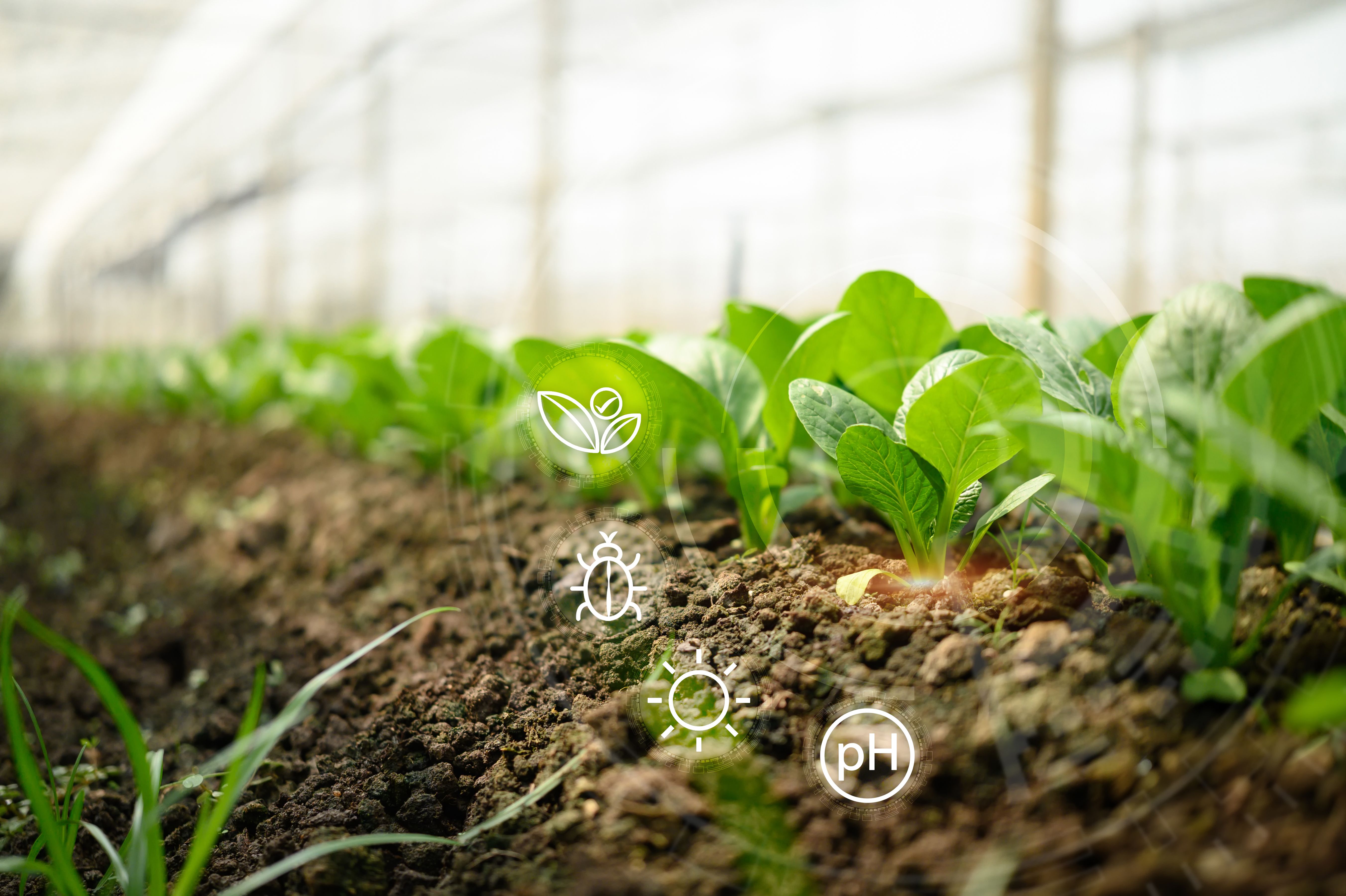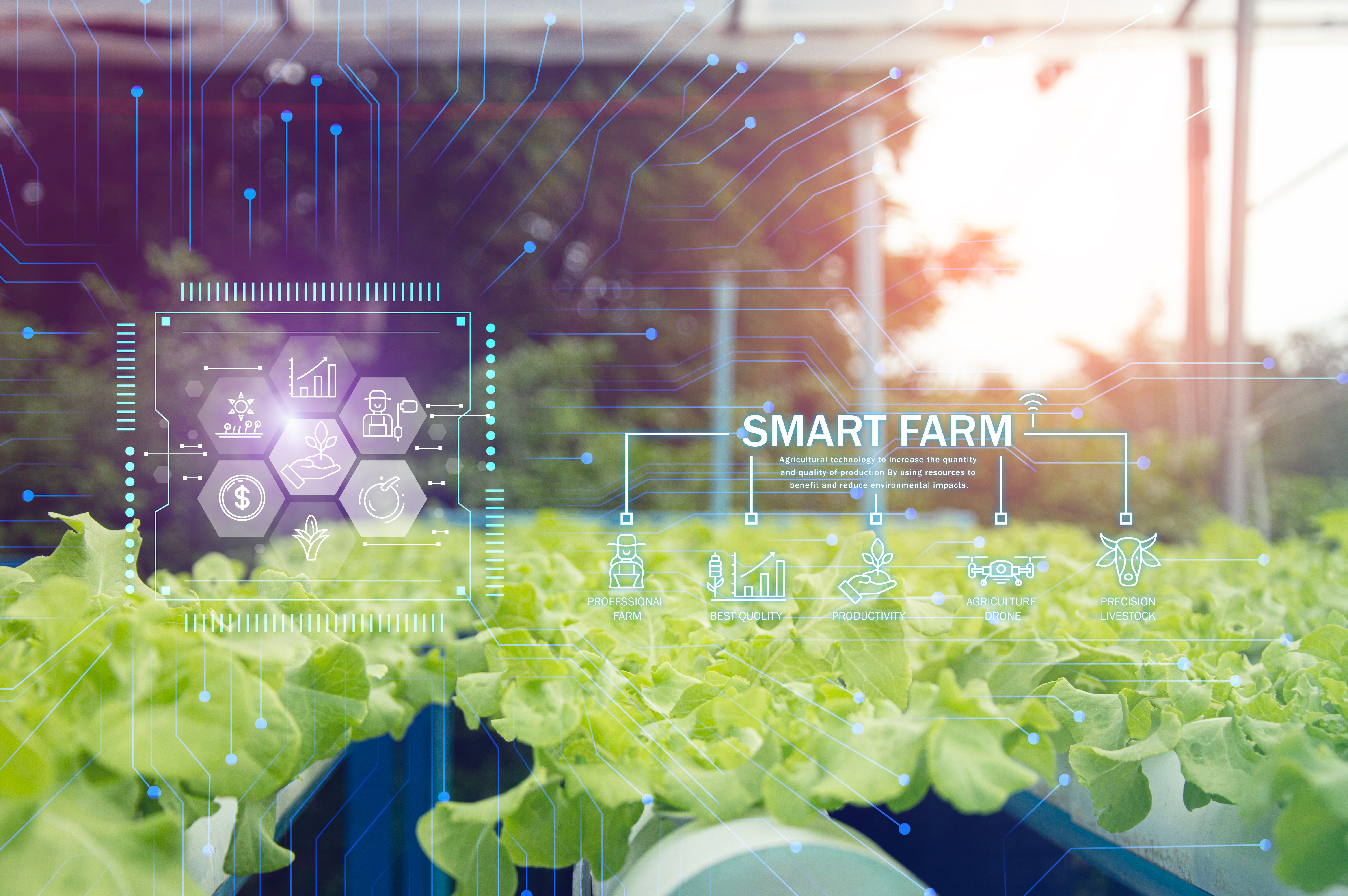The Future of Farming: Agricultural Innovation and Business Banks
Introduction to Agricultural Innovation
The agricultural sector is undergoing a transformative shift thanks to technological advancements. Innovations in farming are not only improving productivity but also ensuring sustainability. From drones to AI-driven analytics, the future of farming looks promising.

Farmers are now able to harness cutting-edge technology to increase yields, reduce waste, and conserve resources. This evolution is crucial as the global population continues to grow, demanding more efficient food production methods.
The Role of Business Banks in Agriculture
As agriculture evolves, the financial sector plays a pivotal role in supporting these innovations. Business banks are increasingly offering tailored financial products that cater specifically to the needs of modern farmers.
These banks are not only providing loans but also investing in sustainable agricultural projects. By doing so, they contribute to the development of technologies that promise long-term benefits for both farmers and the environment.

Financing Technological Advancements
Business banks are crucial in financing the technological advancements in agriculture. They offer various financial instruments such as:
- Equipment loans for purchasing advanced machinery
- Research and development funding
- Investment in precision farming technologies
These financial products enable farmers to adopt new technologies, leading to increased efficiency and productivity.
Precision Agriculture
Precision agriculture is a term that describes the use of technology to monitor and manage field variability in crops. By utilizing GPS, sensors, and data analytics, farmers can make informed decisions to optimize their operations.

This approach not only maximizes yields but also minimizes the use of water, fertilizers, and pesticides, promoting environmental sustainability. It represents a significant shift towards more resource-efficient farming practices.
Challenges and Opportunities
While the future of farming is bright, it is not without challenges. Farmers need to overcome hurdles such as high initial investment costs and the need for technical expertise. However, these challenges also present opportunities for growth and collaboration.
Partnerships between technology companies, farmers, and financial institutions can drive innovation forward, ensuring that the benefits of modern agriculture are accessible to all.
Conclusion
The future of farming is a blend of tradition and innovation. With the support of business banks and the adoption of new technologies, agriculture is set to meet the demands of a growing population sustainably.
As we look ahead, it is clear that the collaboration between farmers, financial institutions, and technology providers will be essential in shaping a resilient agricultural sector.